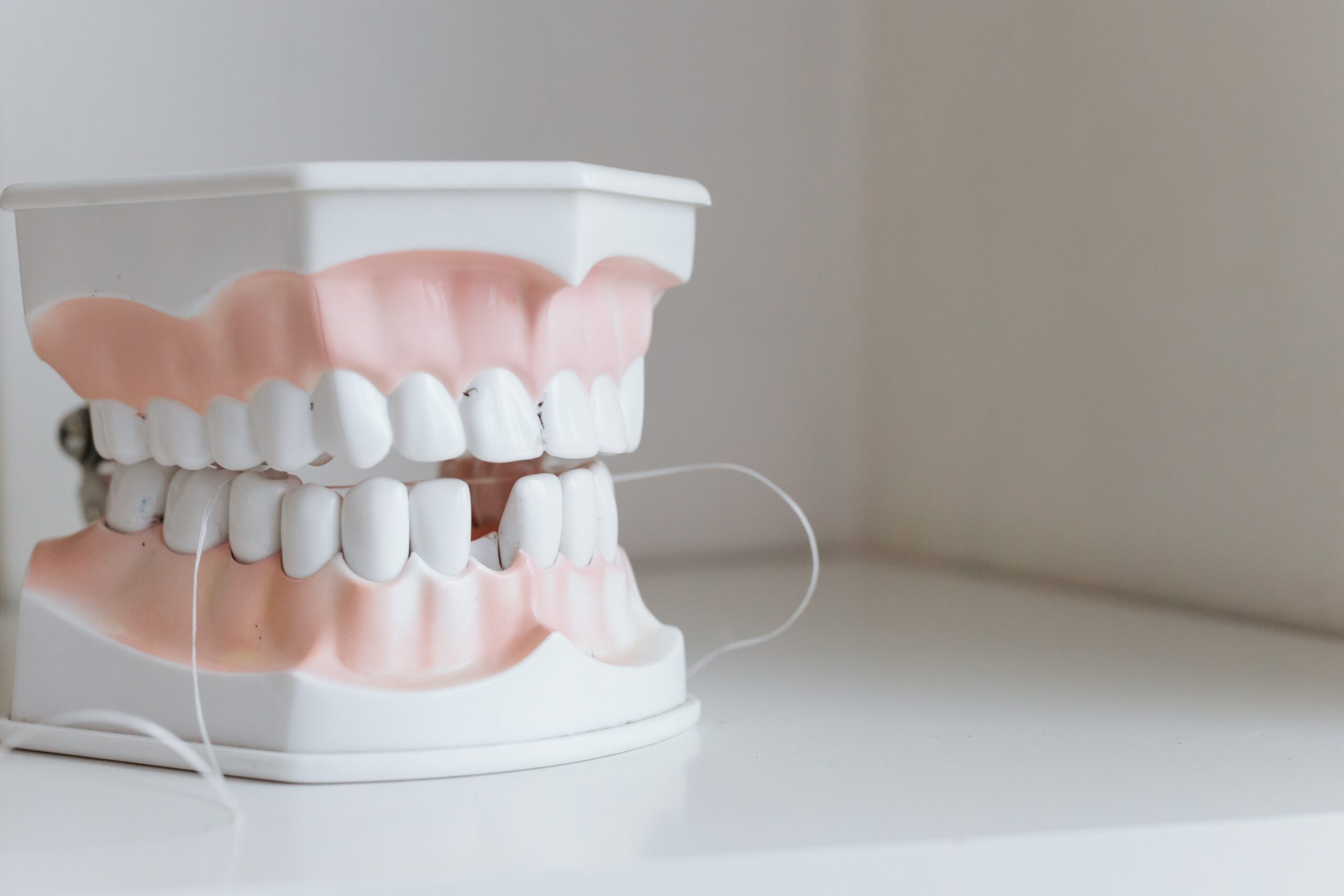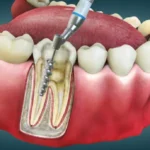Rebuilding Smiles: The Role of Bone Grafting in Modern Dental Procedures
When it comes to restoring a smile, dental implants have quickly become the gold standard. They look, feel, and function like natural teeth, offering patients a permanent solution to tooth loss. But what many people don’t realize is that not every patient is immediately ready for implants. One of the most important supporting procedures in modern dentistry is bone grafting, which lays the foundation for long-lasting, successful implant treatment.
Bone grafting is a common and highly effective way to rebuild lost or weakened jawbone, making it strong enough to support dental implants. For patients who have suffered bone loss due to gum disease, trauma, or long-term tooth loss, this procedure can mean the difference between being unable to get implants and achieving a beautiful, functional smile.
What Is the Purpose of Bone Grafting in Dental Procedures?
Bone grafting is a surgical procedure designed to replace or rebuild bone in areas where it has deteriorated. In dentistry, its main purpose is to restore the jawbone’s structure and strength so it can support dental restorations like implants.
Here are some of the key reasons bone grafting is performed in dental care:
- Preparing for Dental Implants: Implants require sufficient bone density and volume to fuse properly with the jaw. Bone grafting ensures the implant has a solid foundation.
- Preventing Bone Loss After Extractions: When a tooth is removed, the bone in that area begins to resorb (shrink). A graft placed at the time of extraction can preserve the bone and maintain the structure for future implant placement.
- Treating Gum Disease Damage: Advanced periodontal disease can erode both gums and bone. Bone grafting restores lost support to teeth and prevents further deterioration.
- Repairing Trauma or Developmental Issues: Patients who have suffered jaw injuries or congenital defects may need grafting to rebuild missing bone.
- Improving Facial Aesthetics: Bone loss can cause sunken cheeks and changes in facial structure. Grafting helps restore a fuller, healthier facial appearance.
In short, bone grafting is the “hidden hero” of many dental treatments, giving patients the chance to rebuild a healthy, stable foundation for their smile.
How Does Bone Grafting Improve Dental Implant Success?
Dental implants rely on a process called osseointegration, where the titanium implant post fuses with the surrounding jawbone. If there isn’t enough bone, the implant cannot properly anchor, which increases the risk of loosening or failure.
Bone grafting improves implant success in several ways:
- Restores Bone Volume and Density
A graft fills in areas where the bone has shrunk, ensuring there’s enough material for the implant to integrate securely. - Provides Structural Support
By rebuilding lost bone, grafting creates the necessary thickness and height in the jaw to hold implants in place without compromising strength. - Prevents Implant Failure
Without adequate bone, implants are more likely to fail or cause complications. Grafting eliminates this risk by reinforcing weak areas. - Improves Long-Term Outcomes
A solid foundation means implants are more likely to last decades, providing patients with reliable chewing function and stability. - Enhances Aesthetics
Implants placed in properly grafted bone align naturally with surrounding teeth and gums, creating a seamless appearance.
Bone grafting is essentially an investment in the long-term success of implants, ensuring patients don’t just get a restored smile, but one that’s built to last.
What Are the Different Types of Bone Grafting Used in Dentistry?
Not all bone grafts are the same. Depending on the patient’s needs, different types of grafting materials and techniques may be used. Modern dentistry offers several options:
1. Autograft (Patient’s Own Bone)
- Bone is taken from another part of the patient’s body (such as the chin, hip, or jaw) and transplanted to the graft site.
- Considered the “gold standard” because it uses the patient’s own living tissue, which reduces the risk of rejection and promotes faster healing.
2. Allograft (Donor Bone)
- Uses bone material from a human donor that has been processed and sterilized.
- Safe, widely used, and avoids the need for a second surgical site on the patient.
3. Xenograft (Animal Bone, Usually Bovine)
- Bone sourced from an animal (typically cow) and processed for safety and compatibility.
- Provides a strong framework for the patient’s natural bone to grow around.
4. Alloplast (Synthetic Materials)
- Made from biocompatible synthetic materials such as calcium phosphate or bioactive glass.
- Designed to encourage new bone growth while eliminating risks of disease transmission.
5. Guided Bone Regeneration (GBR)
- Uses barrier membranes along with grafting material to direct bone growth and prevent soft tissue from interfering.
The type of graft chosen depends on factors like the patient’s health, the amount of bone loss, and the timeline for implant placement. A dentist or oral surgeon will carefully select the best method to maximize success.
How Long Does It Take for Bone Grafting to Heal Before Dental Implants?
One of the most common questions patients have is: “How long do I have to wait after bone grafting before getting implants?” The answer depends on the size and type of graft, as well as individual healing responses.
Typical Healing Timeline:
- Small Grafts: Minor bone grafts, such as socket preservation after tooth extraction, may heal in 3–4 months.
- Moderate Grafts: For cases where more bone is added to prepare for implants, healing usually takes 4–6 months.
- Extensive Grafts: Larger grafts or complex cases may require 6–9 months or longer for full healing before implants can be placed.
Factors That Influence Healing:
- Age and Health: Younger, healthier patients may heal faster than older patients or those with medical conditions.
- Smoking: Smoking slows down healing and may impact the graft’s success.
- Oral Hygiene: Proper care and maintenance speed up recovery and reduce risks of infection.
- Type of Material Used: Autografts may integrate faster than synthetic grafts, though all options are highly effective when properly managed.
While waiting for grafts to heal can feel frustrating, the healing period is crucial. It ensures that when the implant is placed, it has the strong foundation it needs to integrate successfully.
Build a Strong Foundation for Your Smile with Bone Grafting
At Paradise Dental Smiles, we know that a healthy, confident smile starts with a solid foundation. Our advanced bone grafting procedures are designed to restore jaw strength, prepare for implants, and give you the long-term results you deserve.
If you’ve been told you don’t have enough bone for implants, don’t lose hope. Schedule your consultation with Paradise Dental Smiles today and let our team show you how modern bone grafting can rebuild your smile from the ground up.



